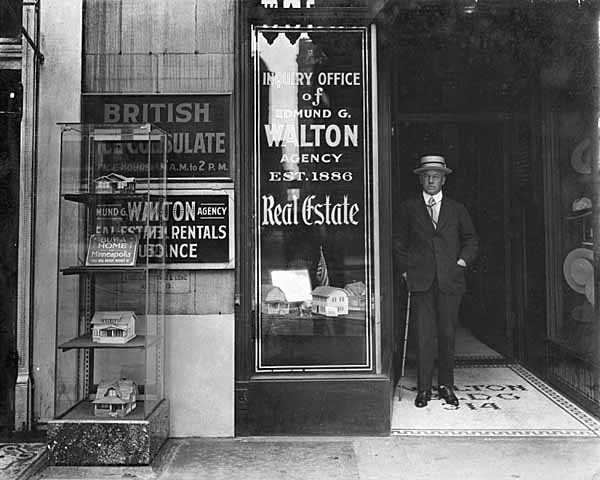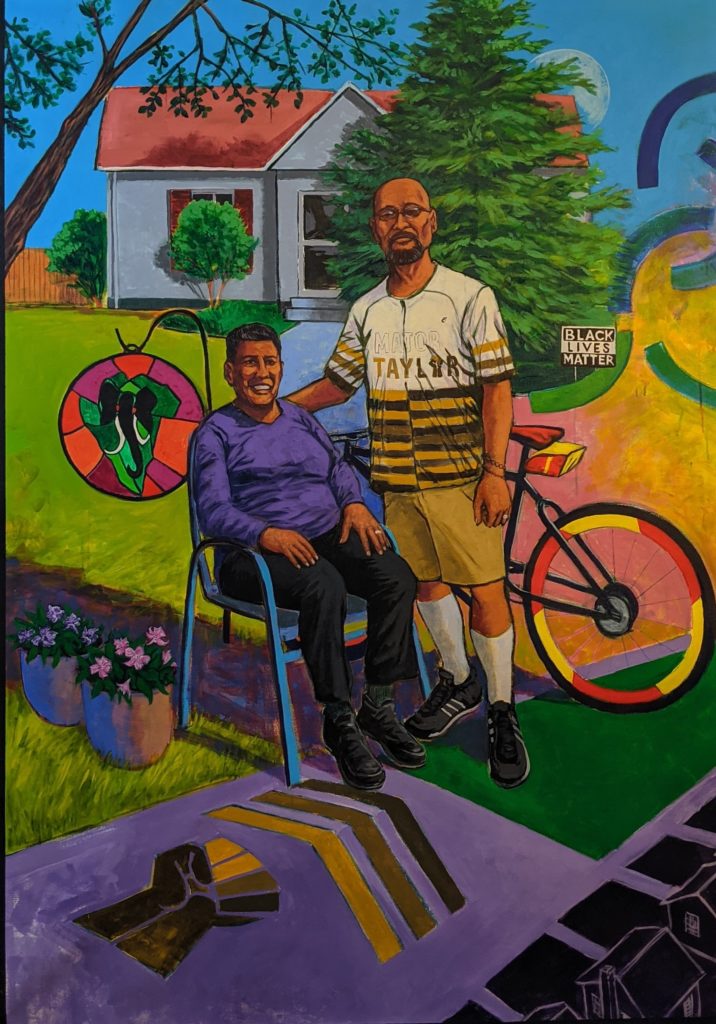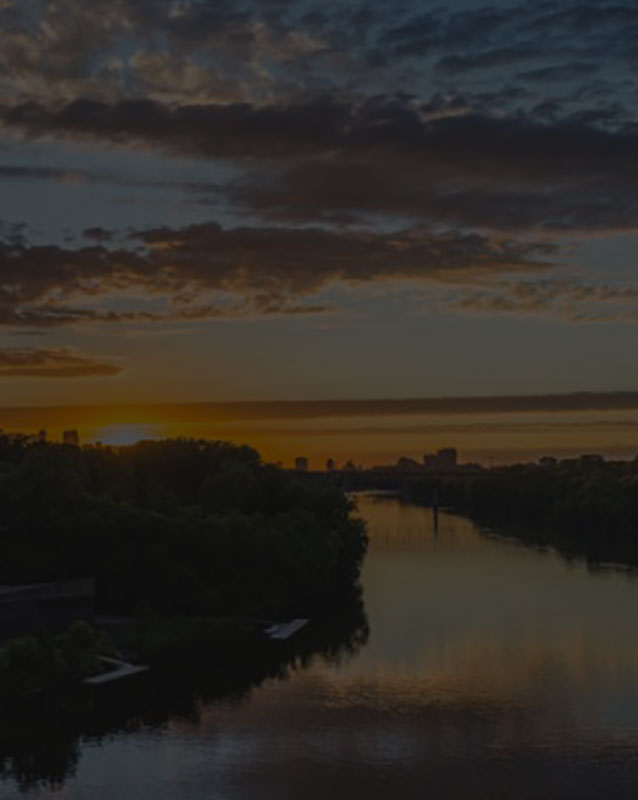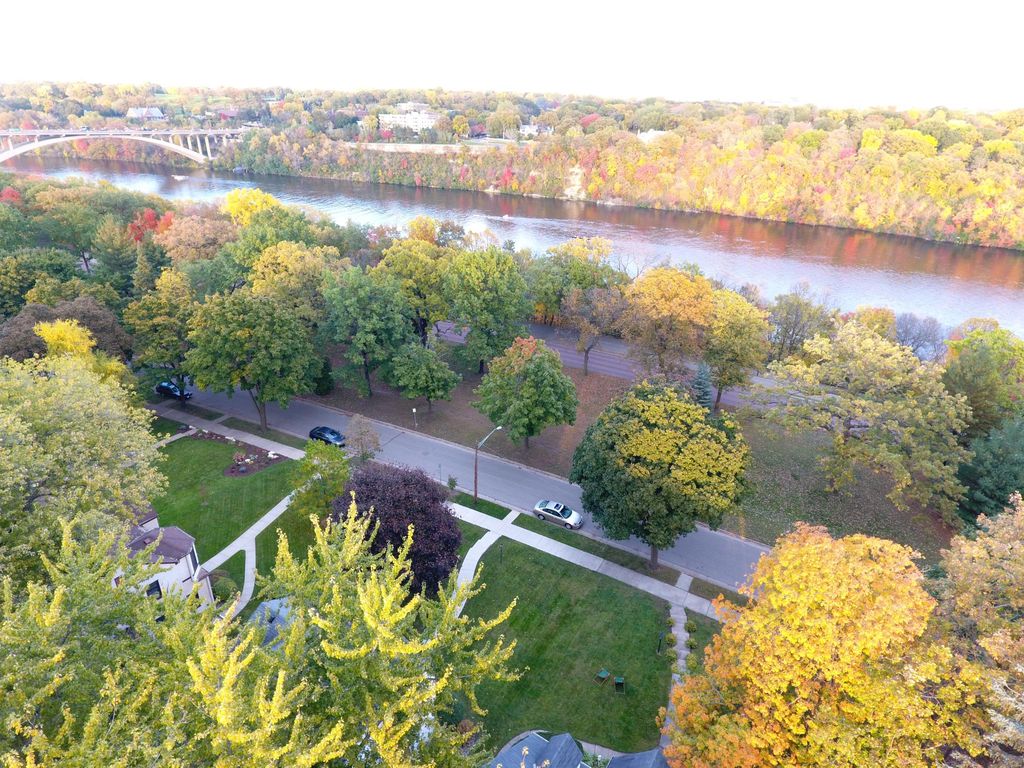Development Projects, News, Work with Us!
The History of Edmund Walton and the “Free the Deeds” Mission to Undo the Wrongs of the Past
Minneapolis has one of the largest, if not the largest, gap between Black and non-Black home ownership rates in the United States, according to a 2020 analysis by Zillow. In Minneapolis, the Black home ownership rate trailed the non-Black rate by 51 points, a significantly larger gap the national gap of 26 points. The Black home ownership rate in Minneapolis is 22%, half the national rate.
About the same as in 1970 — following decades of progress. It increased to 44 percent by the end of 2019. “It remains clear that some of the sores from supposedly bygone eras marked by redlining and other overtly discriminatory policies are still open,” the report says.
In the Longfellow Neighborhood, the history of discriminatory housing policies is still present. The Greater Longfellow Neighborhood has one of the highest rates of racial covenants in the city and we have a street named for the first person to bring them to Minneapolis, Edmund Walton.
The History Of Edmund Walton’s Developments
Edmund Boulevard is a street in Minneapolis typically praised for its beautiful scenery, accessibility to Minnehaha Falls, restaurants, and appealing housing. However, there is a disturbing underbelly to the charming stretch, and it is even how it got its name. Edmund Boulevard was named after Edmund Walton, who was a British-born son of a silk merchant who arrived in Minneapolis in the 1880s. He made a fortune in residential real estate before dying in April of 1919.
Walton developed at least 40 housing additions in this city, many of which are still named after him. However, a lesser-known part of his legacy is Walton was the one to bring racial covenants to the city of Minneapolis. Racial covenants are clauses that were inserted into property deeds that were made to prevent people of color from buying or occupying the land that the deed covers. It is nearly certain that Walton was the author of the first racial covenant inserted into a deed in Minneapolis in 1910. The clause reads; “The premises hereby conveyed shall not at any time be conveyed, mortgaged or leased to any person or persons of Chinese, Japanese, Moorish, Turkish, Negro, Mongolian or African blood or descent. Said restrictions and covenants shall run with the land and any breach of any or either thereof shall work a forfeiture of title, which may be enforced by re-entry.” This clause, in simple terms, basically outlines that people of the listed ethnicities may not at any time be allowed to lease or purchase a part of the property. As racial covenants spread throughout Minneapolis and the surrounding suburbs, the language varied – some covenants used more general language like ‘persons not of Caucasian race’ or listed out specific races, restricted only Black people, and more.
As an organizing member of the Minneapolis Real Estate Board and an active member in the National Association of Realtors, Walton’s flames of white supremacy spread like wildfire, as did his racial covenants. The idea of certain non-white individuals being deemed “undesirable” were built into the foundation of the development of Minneapolis. Although Walton may have led the way for white supremacist development in Minneapolis, with him holding powerful positions and a knack for commercial selling, he wasn’t alone in these attempts. Walton’s attempts used the fantasy of ‘superiority’ to sell developments to white people that could only be for white people. He was also successful at integrated racial fear among white people of Minneapolis, therefore spreading his idea of “undesirable races” even further and pushing the idea of segregation.

How Can the Community Take Action
With Walton harboring an extremely politically incorrect and abhorrent legacy, a group of neighbors in the community are aiming to change the name of Edmund Boulevard to put an end to honoring white supremacy in our city. The Longfellow Nokomis Messenger outlined the effort in this article, and a community-led meeting was held on December 14th to discuss the issue.
Delving deeper into the issue of Walton’s legacy, with Minneapolis having this painful, exclusionary building process, reparations and improvements in housing equity are needed and wanted by the people of the community. This is where the Minneapolis-wide public project known as “Free the Deeds” comes in. Free the Deeds, in their own words, “illuminates our common history and offers a path to repair.” Free the Deeds was created by community artists, and has been an initiative of Longfellow Community Council since 2022. Their website is linked here.
Free the Deeds works to discharge racial covenants from the deeds of property throughout Minneapolis. The process is free through the City program, Just Deeds. LCC has been focused at discharging covenants in the Greater Longfellow Neighborhood, which had over 1,100 covenants when we started the work in 2022. Through events, volunteer efforts, and a door knocking campaign, we’ve been able to help residents discharge over 200 covenants.

Racial covenants were banned by the Minnesota State Legislature in 1953, but by that point covenants had already accomplished what they were invented for – African Americans were denied affordable housing and were segregated into areas of the city that soon after were destroyed by the construction of the highway. Furthermore, an aspect that plays into the issue of racial covenants themselves is something called “redlining”, which is a discriminatory practice in which services such as mortgages, loans, and more are systematically withheld from residents of certain areas based on their race or ethnicity. In turn, these services were denied to the neighborhoods African Americans were pushed into residing in, as they were wrongfully classified as being risky or inferior to invest in. This lead to many African Americans not having access to these services needed to obtain housing, and therefore many African Americans were shut out of home ownership.
The Twin Cities continue to be at the bottom of African American homeownership rates. Covenants divided our city by race, and ensured that African Americans would not be able to accumulate wealth and pass it down to their children.
So while racial covenants are not active, nor are they enforceable anymore, the damage they’ve created has echoed into our modern-day version of Minneapolis. This damage that needs to be undone to create a housing market that practices equity for our culturally diverse population. African Americans specifically, have historically struggled with obtaining housing due to a systemically racist housing system, which hasn’t been rectified for the descendants of past generations, who have not been able to inherit housing for themselves. Discharging covenants isn’t going to fix our housing system, it isn’t going to provide BIPOC with housing, but what makes this work important is the education of our housing system, the white privilege that is ingrained in the system, and a conversation about why our neighborhoods look the way the do, why our city looks the way it does and offering a conversation around repair.
Getting Involved
If you think your house might have a racial covenant on it, you can look it up on the Free the Deeds website under the “Participate” section. If you have a covenant, it is a fairly easy process to removal.
As part of the Free the Deeds mission, we invite every property that had a racial covenant on it to display a lawn sign in its front yard to inspire learning and conversation. You can donate to get a lawn sign on our website. Donations go to The City of Lakes Community Land Trust. Free the Deeds has partnered with CLCLT to create an African American Community Land Trust, which we hope will help increase access to homeownership for people historically prevented from buying homes through racist practices and policies by supporting Black home buyers with down payment assistance funds. You can donate on the Free the Deeds website under the “Donate” section.
The Free the Deeds website also includes many resources to learn about Minneapolis’s past, more ways to participate in their mission, testimonies from citizens of the community about how this program has helped them, and more.
If you’re interested in participating in taking back our city from the grip of white supremacy, and help other members of the community and potentially yourself in the process, email . With so many ways to get involved, the Longfellow Community Council encourages you to take part where you can and to stay educated and educate others about the true history of the city and its effect on our current-day society.

Resources for Further Learning:
Jim Crow of the North Stories – “Uncovers the dark history of systemic racism, but also lifts up Black resistance and resilience in the past and the present-day changemakers bringing it to light and looking to right historical housing injustices.”
Community Land Trusts – “Reparations for chattel slavery sound good, but what might that look like? In the wake of George Floyd’s murder, some white homeowners in Minneapolis are taking action towards racial justice with their real estate. A complex but powerful new model could transform the homeownership landscape in Minneapolis, while some home sellers are choosing to incur major financial losses for racial equity.”
Mapping Prejudice – Information about Edmund Boulevard, Edmund Walton himself, and information on the project that mapped racial covenants in the Twin Cities.



